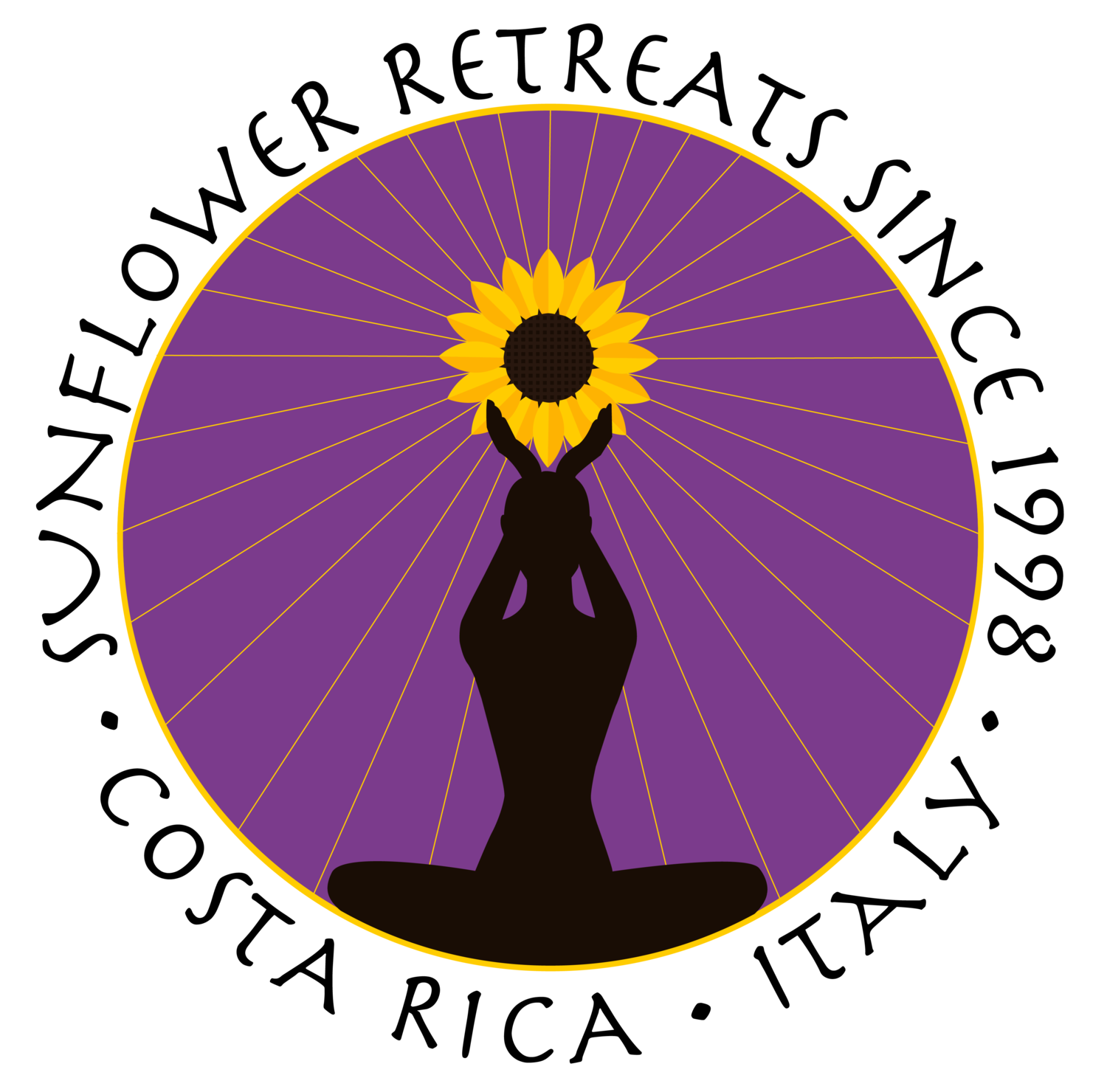It usually comes as a surprise to some people to hear that there are different types of yoga. They see the poses and think that is all there is to it. This cannot be further from the truth. Yoga is a very broad discipline with several other disciplines stemming from it. Some are quite similar to others, and could even be mistaken as the same by novices. Others, on the other hand, are significantly different.
This article will be talking about one of such disciplines, what it offers, and how to go about practicing it.
Vinyasa Flow Yoga
Vinyasa flow is one of the several types or schools of yoga. This type of yoga includes synchronisation of movements and breath. This style of yoga is characterised by it’s rhythmic and smooth transition from one pose to another.
While Vinyasa yoga is a whole school or discipline of yoga on its own, this doesn’t mean it is a stand-alone practice. Under Vinyasa yoga are other forms of yoga like Power and Baptiste yoga, all of which have varying levels of intensity and benefits.
Why Practice Vinyasa Yoga
Vinyasa yoga offers a number of benefits over regular yoga, and below are just a few of these benefits:
Its variety.
When it comes to Vinyasa yoga, there is a variety of options to choose from, all of which have varying effects and benefits, more so than regular yoga.
While different yoga poses have varying effects on various parts of the body, regular yoga already has a fair amount of variety. Vinyasa yoga however takes this to a different level, seeing as there are many styles of Vinyasa. You would find slow paced styles and faster ones. Some requiring more flexibility, and others requiring more advanced levels of balance. Regardless which you would be practicing, there is always something to gain.
Its dynamicity
This is another advantage of Vinyasa yoga. While different yoga poses build strength, flexibility or balance, it is not very common to find poses that build all three at the same time. Due to the dynamicity of Vinyasa yoga (having to transition from one pose to the other), achieving all three is almost a certainty.
Add to the above the other benefits of yoga, and you have one style you must include to your yoga routine.
All You Need To Get Started On Vinyasa Yoga.
Before you get started however, below is a list of things you need to note:
Get an instructor.
As it is with every activity requiring a level of skill, it is important to have an instructor to guide you. This doesn’t mean you cannot practice Vinyasa without an instructor present. What it means is that you need to have at least someone to start you off. Someone who can show you exactly how it should be done, and correct you when you are getting things wrong. Obviously, the person need to know exactly what he/she is doing.Perfect the basics
When practicing without an instructor, it is important that you do not rush the process. Make sure to pay attention to your form and breathe as you should. Take the time to actually pay attention to what you are doing and correct yourself. Don’t be in a rush to advance.Don’t take on more than you can handle
Are you still a beginner? Then start small and work your way from there. Don’t risk more advanced moves if you aren’t ready, and be brutally honest when asking yourself if you are ready or not. Getting injured never helps your progress.
Plan to include Vinyasa yoga in your routine but need some help?
Then don’t hesitate to contact us at
